Four-Blade Propellers Versus Three: Pros and Cons of More Blade Area
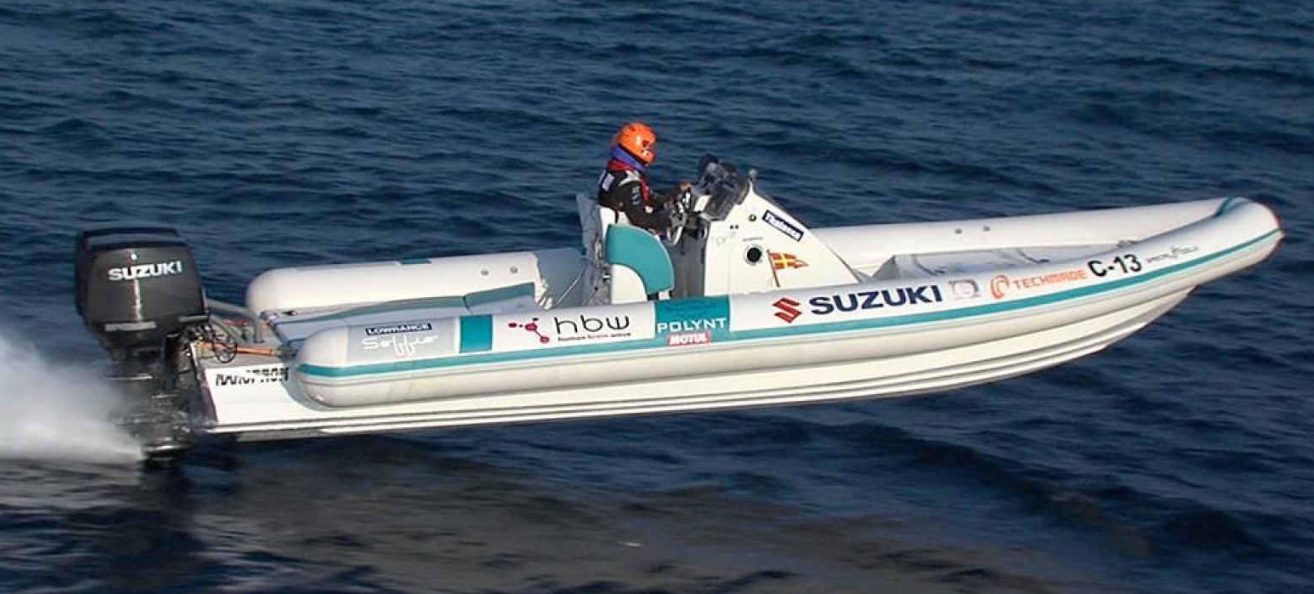
Three-blade propellers are the most common configuration for most outboard and sterndrive boats. Their performance is usually good through the rpm range, they normally achieve higher final speeds, they are available in a greater variety of diameter and pitch sizes and they cost less.
In the past decade, however, four-blade propellers have become more popular across more applications. They put more load on the engine, but with today’s more powerful engines, sometimes a four-blade can be beneficial.
Apart from the evolution of the engines, boat manufacturers have also focused on the improvement of the hull design. Friction-reducing stepped hulls decrease the load on the engines, allowing for higher load tolerances. Even lower-horsepower engines can accommodate the additional load of a four-blade propeller.
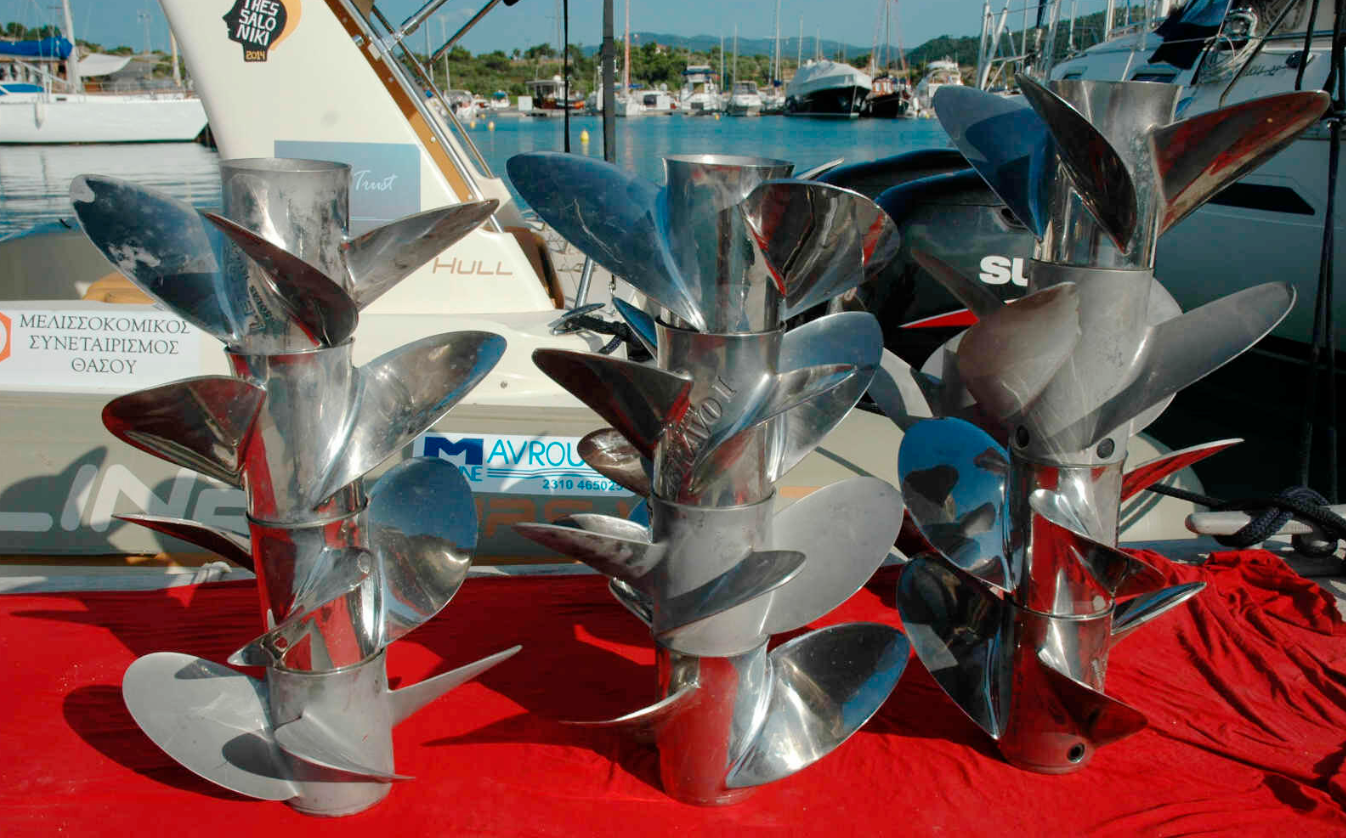
From Theory to Practice
Is everything we hear about four-blade propellers true in real conditions? Does the hull design affect the performance of the four-blade propellers? Can the design and the characteristics of a four-blade propeller have a significant role on boat performance?
We can only find the truth by testing them using an objective process with the same loads on board and data-recording processes. Our test boat was a
In our tests on a 28’2” (8.6 m) Shearwater rigid hull inflatable boat (RIB) with a Suzuki 300hp, we recorded the following:
- A Solas 16” x19” (40.64 cm x 48.26 cm) three-blade propeller provided quicker acceleration than all the four-blade props we tested.
- The Suzuki 16” (40.64 cm) diameter three-blade propellers provided quicker planing times and kept the boat on plane at lower revs compared to the four-blade propellers.
- The Solas and Suzuki 16” (40.64 cm) diameter three-blade propellers had much less slip at the widest range of revs compared to the four-blade propellers.
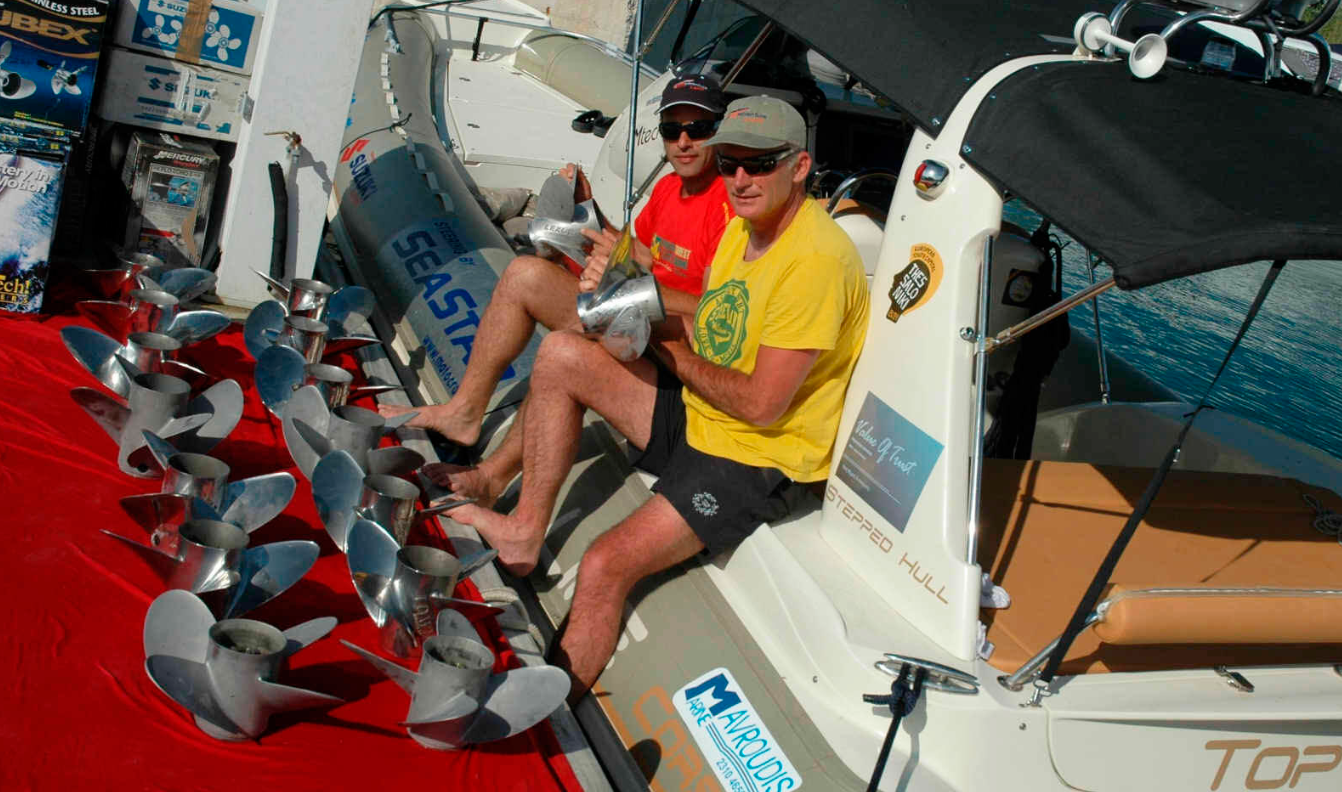
Real-World Testing
Based on the above, we conclude that we cannot make generalizations when comparing three- and four-blade propellers. We can only compare a specific four-blade propeller with a specific three-blade prop, on an individual boat-engine combination. Then we can try to evaluate the difference in their performance.
The comparison between a three- and a four-blade propeller is meaningful only when all the other characteristics of the two comparable propellers remain the same. They need to have the same diameter, the same pitch, the same blade cup, the same rake angle, the same surface area for each blade, etc.
Unfortunately, there are no such propellers. It would be interesting Mercury made a Revolution three-blade prop with the identical design characteristics as the Rev 4. Alas, it does not.
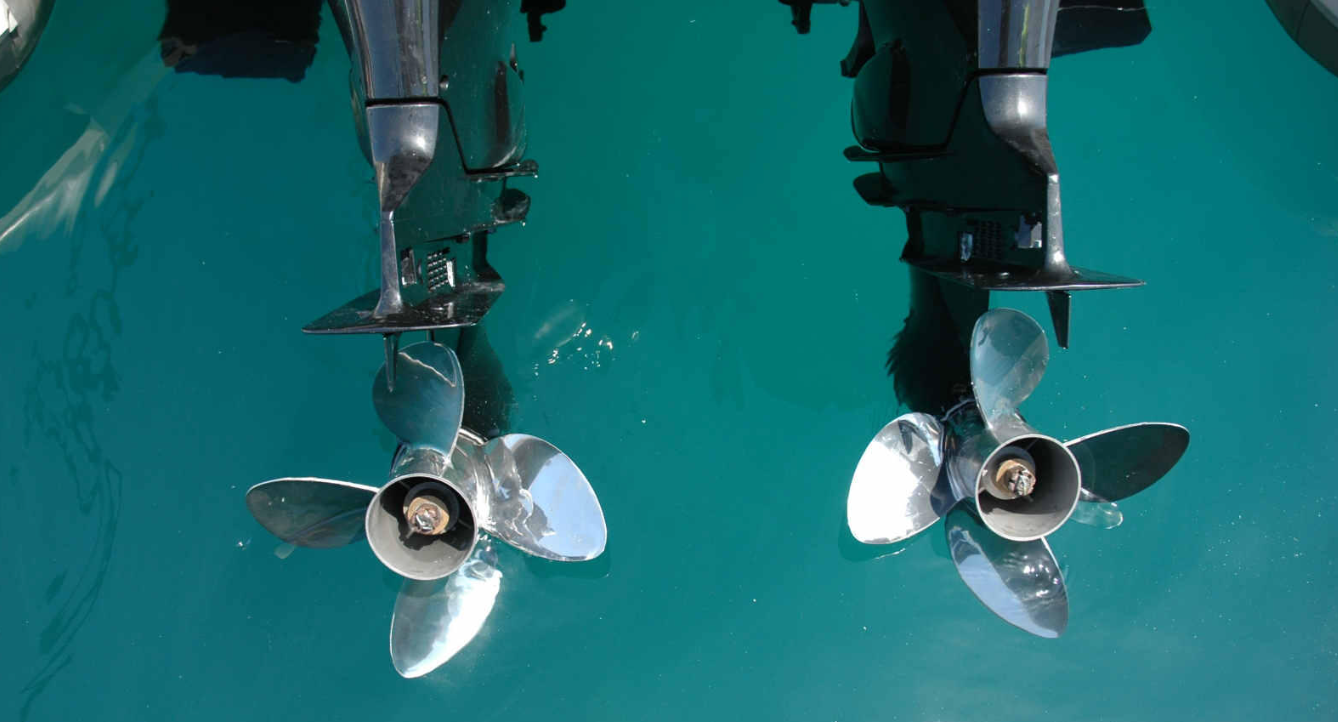
Common Mistakes
Some people put a three-blade propeller on their boat and achieve satisfying performance, but then they hear someone sing the praises of four-blades and simply must try one. This rarely produces the expected results. This is not because the four-blade propeller is not as good. It just doesn’t match well with the engine-boat combination.
What goes wrong? The four-blade propeller has a different diameter, cup or rake compared to that of the three-blade propeller. The three-blade propeller has a specific diameter, pitch, cup and rake that were well-suited to the boat. If the four-blade propeller differed in any of these characteristics, it would not yield the expected results.
So, how will we know that we have achieved the maximum performance for our boat if we just put on a four-blade propeller? What will be the characteristics that will help us choose the four-blade propeller for testing?
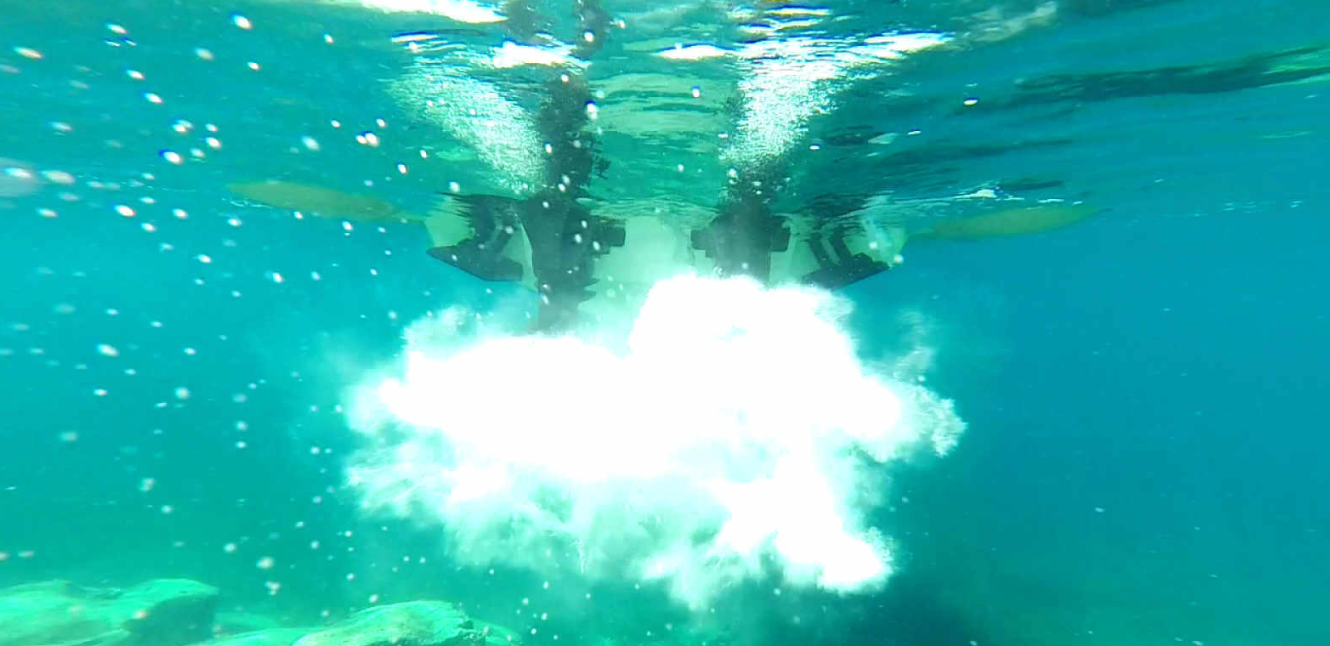
A Deeper Dive
It is likely that a well-designed three-blade propeller suits our engine-boat combination and that it would be needless to put on a four-blade propeller. An additional advantage is the higher final speed the three-blade propellers usually provide. For example, some three-blade propellers have a sharp cup that runs along the length of trailing edge of the blade out to the blade tip. This gives the propeller a better bite in the water. The propeller has better "grip," decreased ventilation, less slip and quicker planing times.
A propeller with an aggressive cup works well when the engine is trimmed high. It runs in cleaner water, leading to higher speeds. Imagine how more effective a three-blade propeller would be if the rest of its characteristics are improved.
To compare a four-blade propeller with a three-blade one, we need to know the measurable characteristics so they are as similar as possible. This is how we can explain the fact that some four-blade propellers are faster than some three-blade models with the same pitch or how some three-blade propellers have a better "grip" than some four-blade propellers.
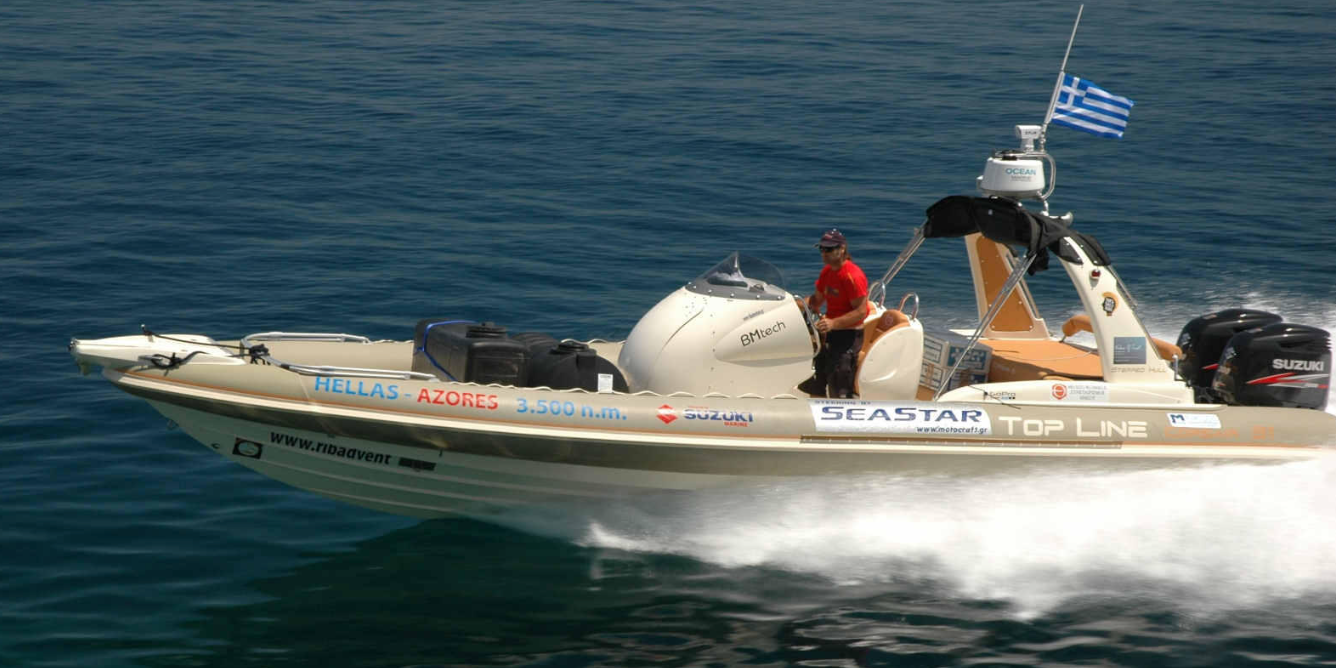
Four-Blade Propeller Differences
- A four-blade propeller has more total blade surface area than a three-blade propeller of the same or smaller diameter. If we need more thrust and cannot go with a larger diameter three-blade propeller due to space or gear-ratio limitations, we end up with a four-blade propeller.
- A four-blade propeller "catches" more water and therefore has a better "bite" or grip on the water. This explains the sense of higher power a captain may we feel, especially in rough weather. However, we should consider that the added bite or holding power of a four-blade propeller is due to the fact that during each propeller rotation there are two blades in the water instead of one.
The added bite of the four-blade propeller also means increased difficulty completing a revolution compared to a three-bladed propeller. This means the load on the engine is higher so when we switch from a three-blade to four, we must decrease the diameter by 1” (2.54 cm) or the pitch by 2” (5.08 cm) to avoid significant alteration in the engine revs.
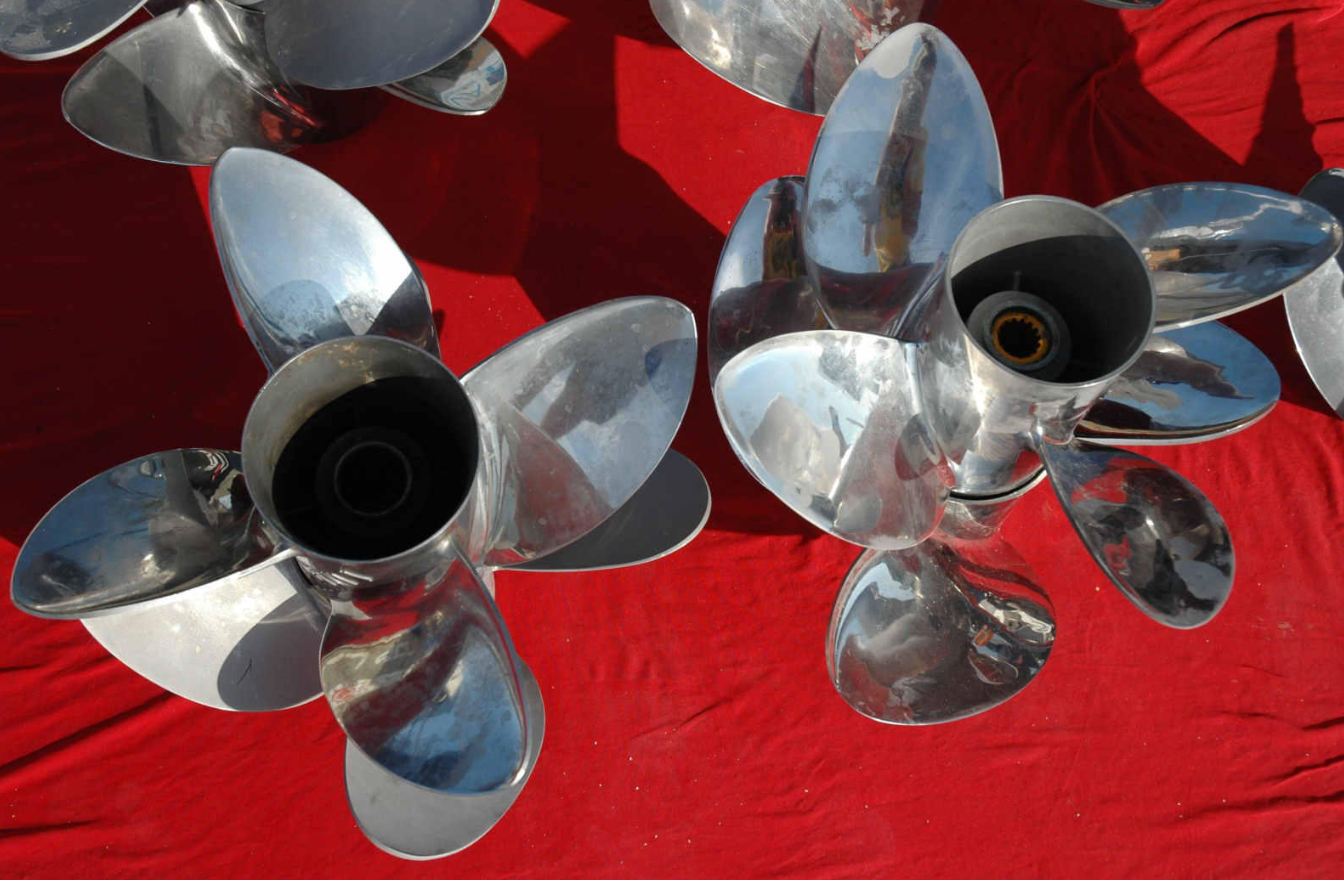
With the four-blade, we can also raise the engine higher on the transom, retaining engine rpm without having to decrease the diameter or the pitch. When we compare two propellers of different design, things become more complicated. We must account for how each propeller characteristic would affect the engine rpm because regardless of which wheel we use, we still want the engine to meet its recommended rpm.
If we switch from a three-blade propeller to a four-blade propeller of approximately the same design and we decrease the pitch to apply the same load on our engine, which will likely result in a reduced top speed.
If our primary goal is maximum speed, choosing a three-blade propeller may be the best option. There are cases, however, where four-blade propellers can provide equal or even higher tops speeds compared to the respective three-blade propellers because of added transom lift.
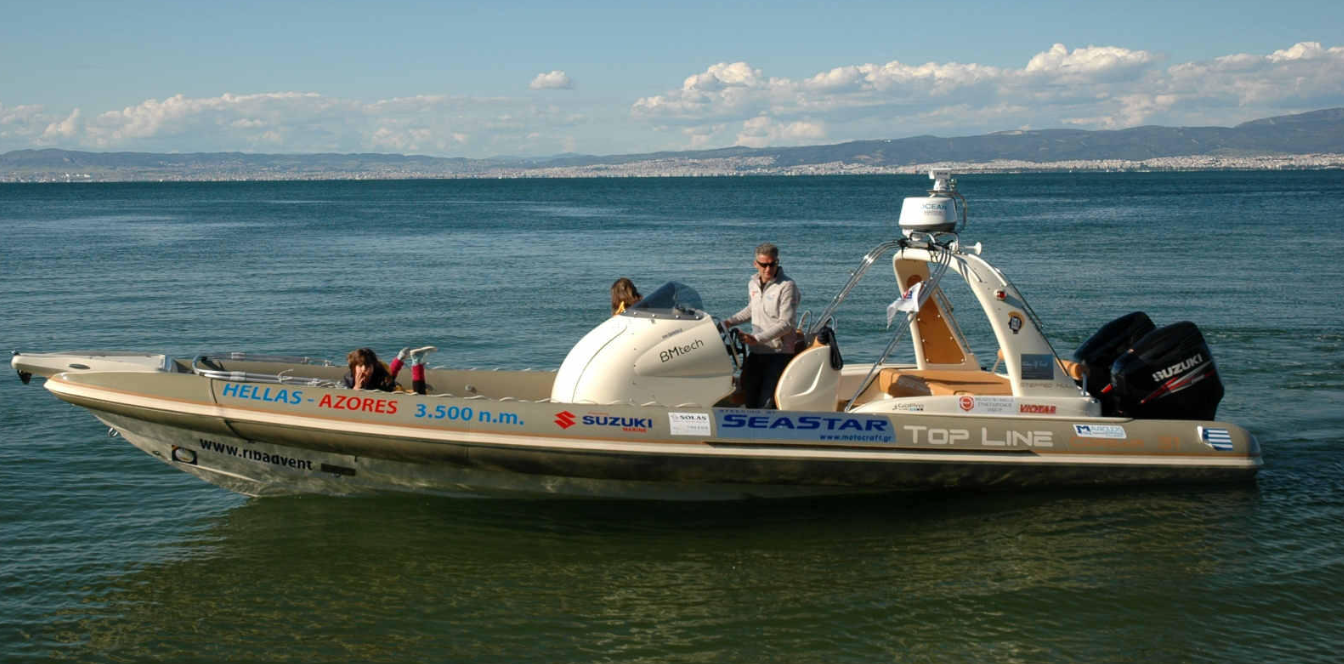
- As we mentioned above, a four-blade propeller has more bite than a similarly sized and designed three-blade propeller. But, does a bigger bite mean less ventilation? This is how we can explain why four-blade propellers have an advantage regarding ventilation effect during hard acceleration, in sharp turns and in extreme trim and lift positions.
- Four-blade propellers have smoother, softer behavior and they can provide better handling and higher stability and balance with less vibration. Generally, more blades mean less the vibration and smoother overall operation. A four-blade propeller makes more circles per minute, which results in the reduced vibration.
- A four-blade propeller has more blade surface area, but this does not mean that the additional blade can substitute the role of diameter. A four-blade propeller does not behave in the same way as a three-blade propeller with more diameter, even if we assume that they have the same total blade surface area. They may be comparable to an extent, but bear in mind that the water flow is different across three blades compared to four blades, which affects the performance of the propeller.
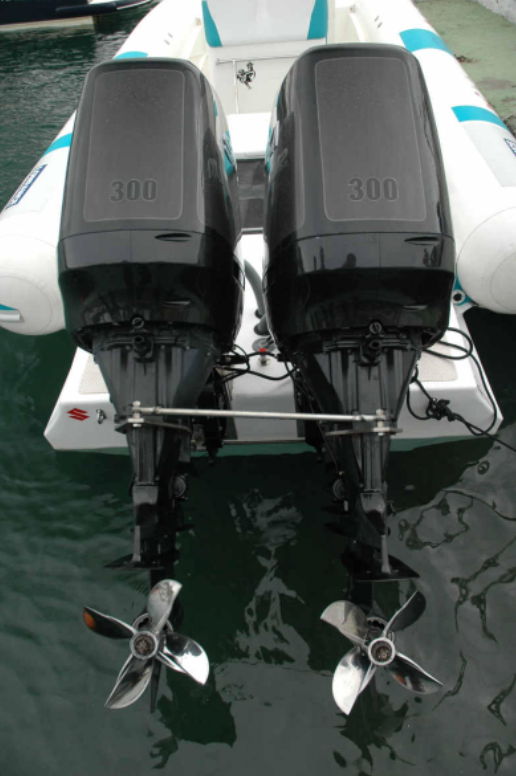
In Summary
Advantages of a Four-Blade Propeller
- They keep the boat on plane at lower speeds.
- The provide quicker planing times and stronger acceleration.
- They are faster at lower and mid-range rpm.
- They run smoothly with less vibration.
- They have more stability and balance.
- They can provide better holding power in rough seas.
- They provide more stern lift.
- They vibrate less throughout the power curve.
- They usually have less slip.
Most of the advantages that a four-blade propeller enjoys come from the extra blade area. Sometimes the same affect can be achieved with a larger-diameter three-blade wheel.
Conversely, four-blade propellers also put more load on the engine and can have a lower top speed and they’re more expensive. So is one better than the other? It depends on the application.